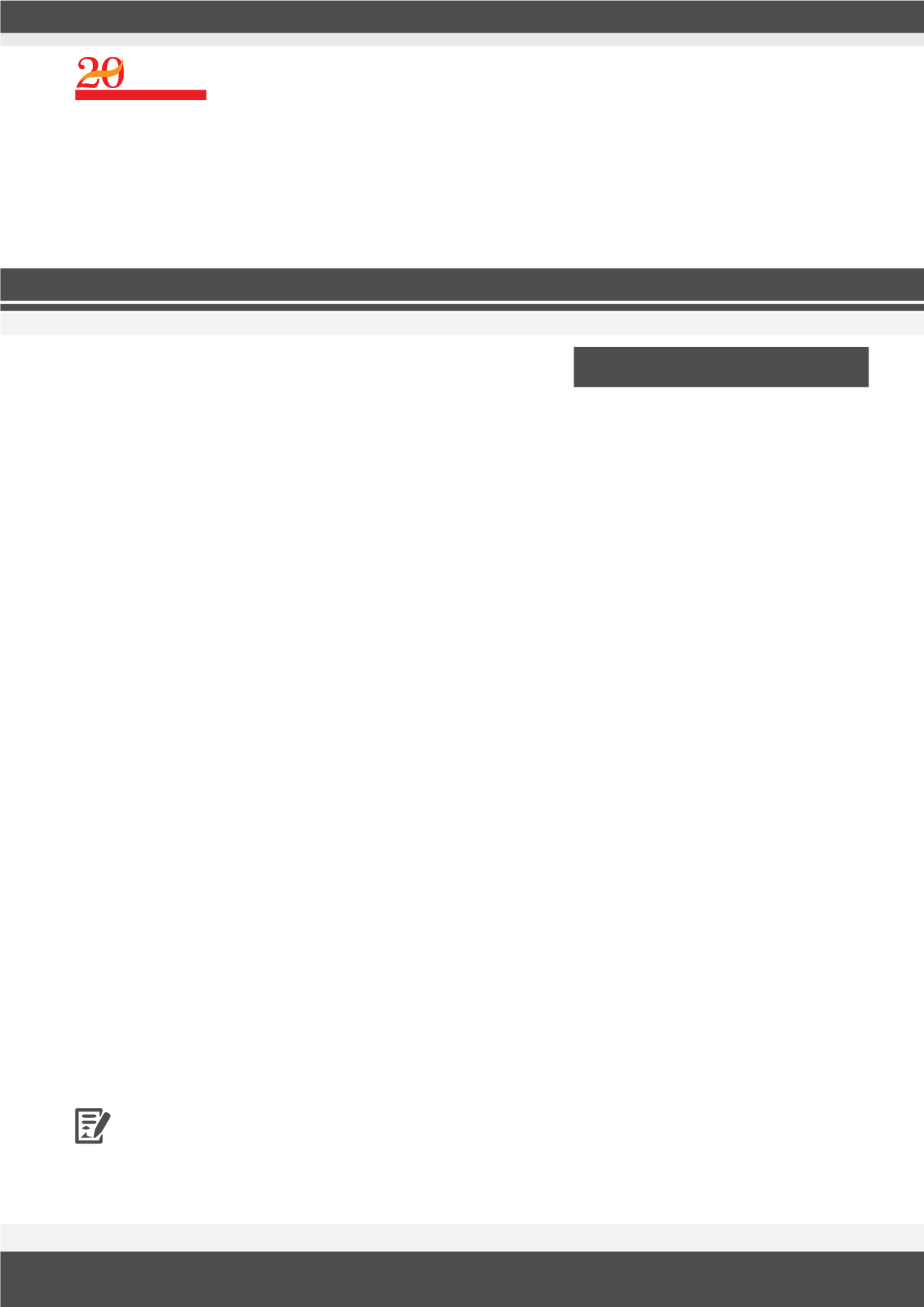

Page 29
Note:
N o v e m b e r 0 5 - 0 6 , 2 0 1 8 | P h i l a d e l p h i a , U S A
3
rd
INTERNATIONAL OBESITY SUMMIT AND EXPO
&
&
DIABETES, NUTRITION, METABOLISM & MEDICARE
2
nd
International Conference on
Joint Event on
OF EXCELLENCE
IN INTERNATIONAL
MEETINGS
alliedacademies.comYEARS
LASER, OPTICS AND PHOTONICS
World Conference on
Obesity Summit 2018 & Diabetes Conference 2018 & Laser Photonics Conference 2018
Biomedical Research
|
ISSN: 0976-1683
|
Volume 29
James Minor, Biomed Res 2018, Volume 29 | DOI: 10.4066/biomedicalresearch-C7-019
MOTIVATIONAL SELF MONITORING AND
DIGITAL HEALTHCARE TECHNOLOGY
James Minor
LLC Diabetes Care by Designs, USA
Background:
Diabetes and consequent complications are creating a global
epidemic costing billions of dollars in healthcare expenses. Our biofeedback
concept can improve patient healthcare and avoid such complications. This
talk introduces simple diagnostic images of the daily impact of diabetes on
blood sugar that will encourage and motivate patients toward more effective
self monitoring and improved blood glucose control. Recent publications re-
ported these patterns hidden within the multiday profiles of blood glucose
fluctuations. The studies support clinical benefits such as an accurate 24-
hour advanced alert for incident extreme glycemia, such as hypoglycemia.
The patterns measure healthcare effectiveness and indicate actions neces-
sary to control expected glycemic conditions. This talk reports the benefit of
these diagnostic images in a clinical case spanning multiple months.
Methods:
For seven months daily finger-stick samples of a patient were used
to create the glycemic patterns. The patient used the patterns as biofeed-
back to guide changes in diet and life style habits toward improving glycemic
control.
Results:
The patient achieved significant reduction in the average and volatil-
ity of blood glucose levels. A1c was lowered from diabetic status to normal
subject levels.
Conclusions:
The images provide robust accurate biofeedback and visual-
ization of one’s impact on glycemia that motivates and encourages vigilant
blood sugar monitoring and consequent lifestyle actions to improve glycemic
control and avoid expensive healthcare complications.
James Minor earned PhD’s in both physics and data sci-
ences before age 32. He has multiple publications and
patents in physics, drug discovery, and genomics. His
cognitive computer programs have been useful in health-
care applications to identify important gene sets estab-
lishing useful expression databases, e.g., toxicology. He
was a managing consultant for Dupont, Chiron, Novartis,
Bayer, Incyte, Iconix, and Agilent to successfully advance
their research programs.
jmin007@yahoo.comBIOGRAPHY


















